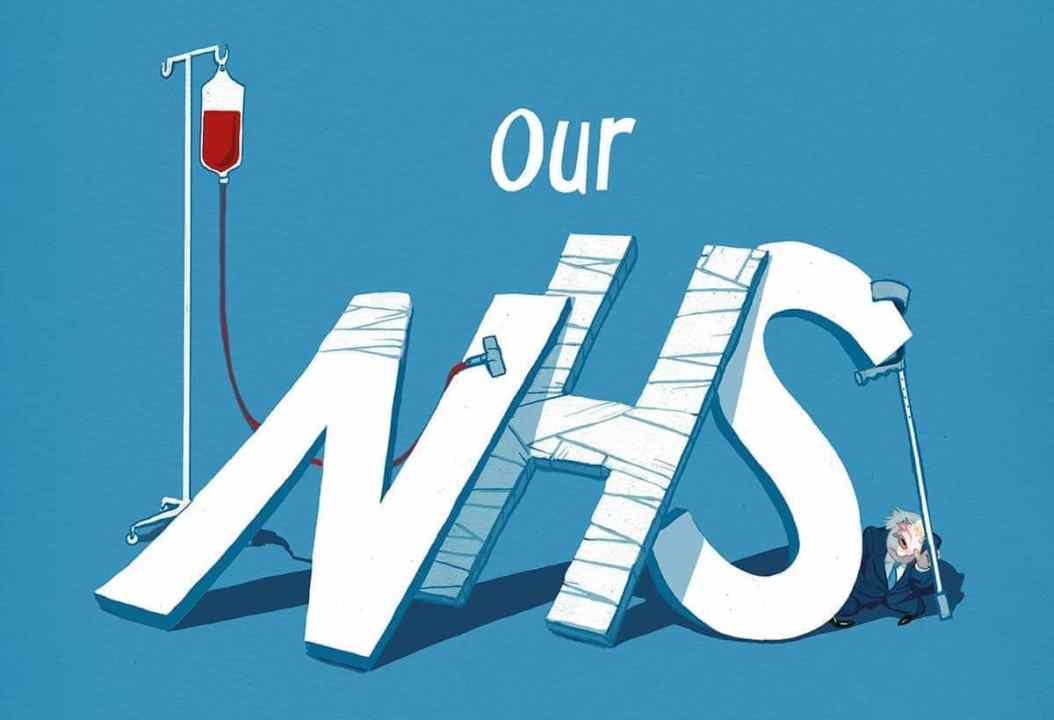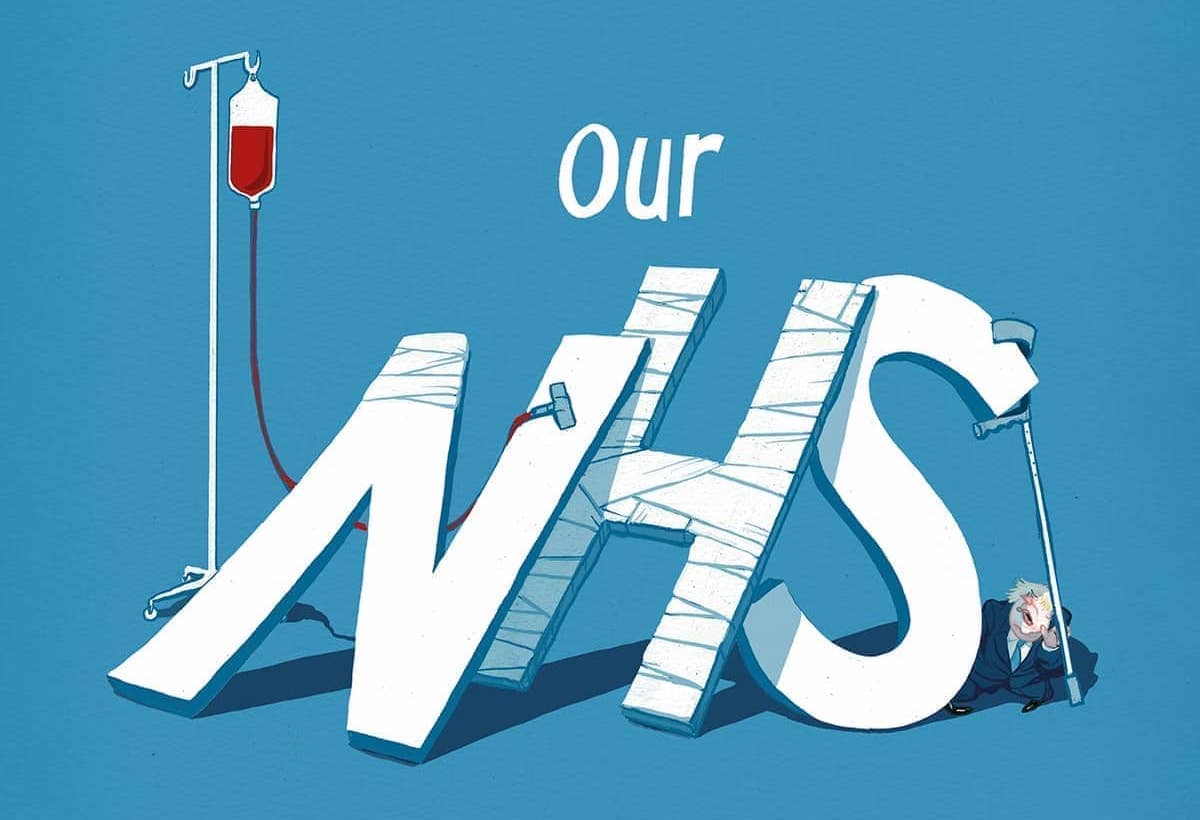Who runs the NHS? With a £136 billion budget for NHS England and NHS Improvement eating up 17.5 per cent of tax revenue, there should be a clear answer to this. But ministers were left wondering when the time came to announce what the health service would achieve with its extra £12 billion from the tax rise. I write in this week’s magazine about the row over waiting lists and how ministers thought the extra cash would cut it to 5.5 million — only to be told it could possibly hit close to 11 million. But there was a row over another point too: the timeline for cancer care.
It’s no secret that cancer care was badly hit during lockdown, with a huge drop in diagnosis. As you’d expect there has been a sharp rise in urgent admissions now, with those who could have been diagnosed earlier only now coming forward. As part of the extra cash, ministers wanted a return to what’s called the ‘faster diagnosis standard’ for cancer: i.e. 75 per cent of patients with suspected cancer diagnosed or cleared within 28 days.
In October last year, as part of the discussions with government around what the extra cash injection would acheive, the NHS committed to returning to the ‘faster diagnosis standard’ for cancer by the end of 2022. But in the run-up to announcing the recovery plan, a timeline for achieving this was notably absent.
Ministers took issue with what seemed like a lack of ambition: 75 per cent hardly seemed onerous. In October 2021, over 73 per cent of patients were being seen in the 28 day timeframe. In November 2021, it was 71 per cent. With the 75 per cent target already tantalizingly close, why not commit to getting back to normal levels relatively soon?
The difficulty, NHS officials are quick to point out, is that as higher numbers of people present themselves for suspected cancer, that percentage is going to be difficult to maintain. In October last year, the NHS was processing roughly 225,000 who should be seen within 28 days. In November, when the percentage of people seen on time slipped, it was processing more: over 243,000 people.
More people were seen inside the timeframe in November than October (173,000 vs 165,000); and more people fell outside of it (nearly 70,000 compared to nearly 60,000). The NHS doesn’t know many more people will present themselves month-on-month, and so were hesitant to commit to a more ambitious timeline.
It’s a compelling point, but not without its flaws. In December 2021, the total number of people presenting fell to 218,634. But the percentage of people seen within 28 days fell too: down to 70.5 per cent, the lowest in some months. December was a month where Omicron was surging and the vaccine operation ramped up to deliver as many boosters as possible. So resources were, once again, diverted from normal procedures.
But this is exactly the case behind implementing metrics: to keep minds focused so that when numbers start to slip, there’s pressure to explain why. In the round, it’s about being accountable to patients and to taxpayers too. With the extra National Insurance revenue going to tackle the Covid backlog in the first year, it’s even more important that the public understand what is being achieved with the extra cash.
In the end, the NHS more or less won this battle. A target has been set — for more than two years down the road. Despite No. 10’s attempt to negotiate with the NHS, to commit to a 70 per cent target by September 2023 (which the NHS is already hitting), the target announced by Heath Secretary Sajid Javid in the Commons committed to the 75 per cent by March 2024 instead.
It’s an ultra-conservative timeline agreed between the NHS and government. But whether it’s value for money is another question indeed.








Comments